Rural landscape photography refers to “photography in the countryside” and covers the rural environment. While rural landscapes often contain architecture – much the same as urban landscapes – rural landscape photography is more about capturing the life and elements found in the countryside.
According to records, the earliest known evidence of a landscape photograph was taken between the years of 1826 and 1827. It was an urban landscape photo taken by a French inventor by the name of Nicephore Niepce.
The Age of The Enlightenment (1700-1800ish)
The age of enlightenment of ‘age of reason’ shifted art in the sense that it encouraged criticism of the monarchy. This new movement also created a theme of simplicity and elegance
The Age of Romanticism (1800-1900ish)
Between 1800 to roughly 1850 an artistic movement called romanticism, this was a artistic, literary, musical, and intellectual movement. Romanticism put an emphasis on emotion, and individualism within art and often portrayed an idealised version of what they were seeing, similar to how we use Lightroom to adjust colours and shadows creating vibrancy and depth.
Sublime – In aesthetics, the sublime is the quality of greatness, whether physical, moral, intellectual, metaphysical, aesthetic, spiritual, or artistic. The term especially refers to a greatness beyond all possibility of calculation, measurement, or imitation.
The Romantic sublime

Snow Storm – Steam-Boat off a Harbour’s Mouth exhibited 1842
Edmund Burke’s Philosophical Enquiry (1757) connected the sublime with experiences of awe, terror and danger. Burke saw nature as the most sublime object, capable of generating the strongest sensations in its beholders. This Romantic conception of the sublime proved influential for several generations of artists.
Rural Landscape Photography
Ansel Adams
As the 20th century began rolling in, the world saw American photographers at the forefront of landscape photography, and this was because they had a rather vast and varied array of landscapes to photograph. There are many notable names in landscape photography, and one of the most legendary ones is Ansel Adams. He was an ardent environmentalist who advocated for the natural world and inspired people to show love for the planet by showing love and respect for it. He has produced some spectacular images of canyons and rivers, which have become a sort of inspiration point for photographers that followed.

Ansel Adams born 20th February 1902 was a landscape photographer born in California. As Well as being an amazing photographer, Adams was also an environmentalist and would use his skills to protect many national parks from being made into building sights.
Ansel Adams mainly captured the natural black and white beauty of the American West and began publishing in the 1921, by 1922 Adams ‘Yosemite’ prints were on sale by ‘Best studio’.
During the mid 1920’s Ansel experimented with the Bromoil process due to the rise of pictorialism. For many of Adams images, he used a soft focus lens and he described using it as “capturing a glowing luminosity that captured the mood of a magical summer afternoon”. In 1925 Adams has made the decision to reject pictorialism and focus on a more realistic approach of using contrast, exposures and sharpness. One of the key compositional techniques that Adams employed in many of his images was to place the horizon about two-thirds of the way up the frame. This would mean the composition was biased in favour of the landscape rather than the sky and would help to communicate the epic scale of the scene.
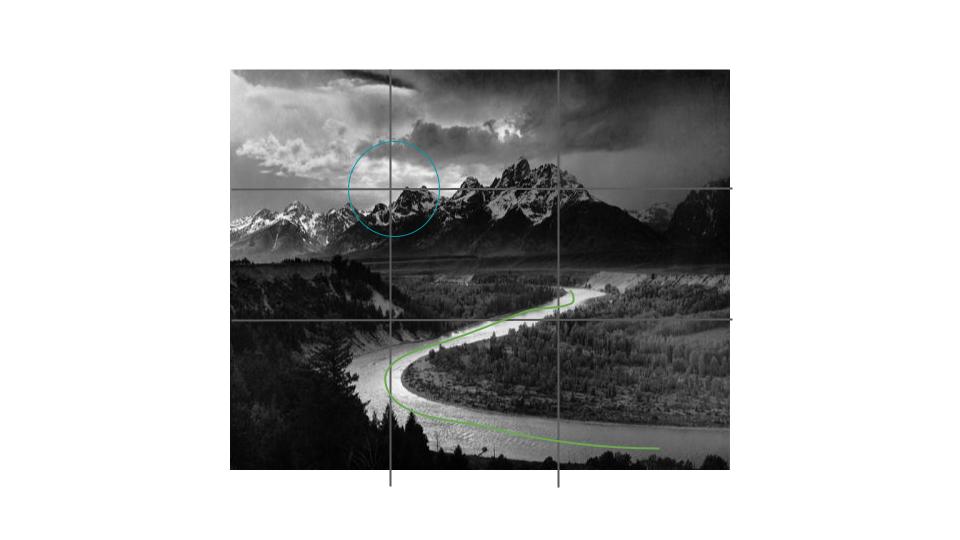
Photograph by Ansel Adams
The genre of this style of photography is landscape. The mise-en-scene presents the magnificent Teton Mountains and impressive Snake River which creates a loud and interesting composition. The photo has been taken from a forward angle which makes the image look alluring. The colour (or tone) in this image is striking blacks and intense whites. The leading lines begin at the furthest point that we can see of the river and continue in the snake like trail. Bright lighting through the clouds reflects on the windy river, the rest of the image is captured in ominous dark lighting, the exposure of the image is underexposed due to the dark shadowy mountains. The image portrays a large depth of field and focuses on the river in front. The rivers contrast in tones provide a powerful leading line towards the ominous mountains.

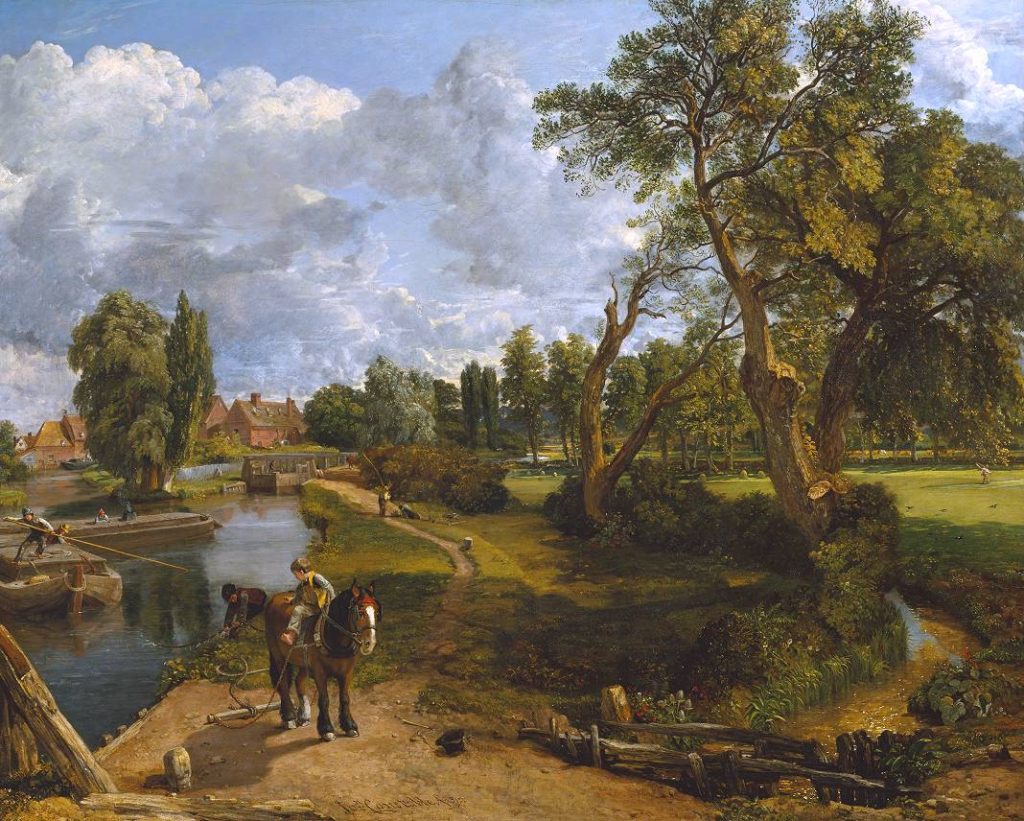

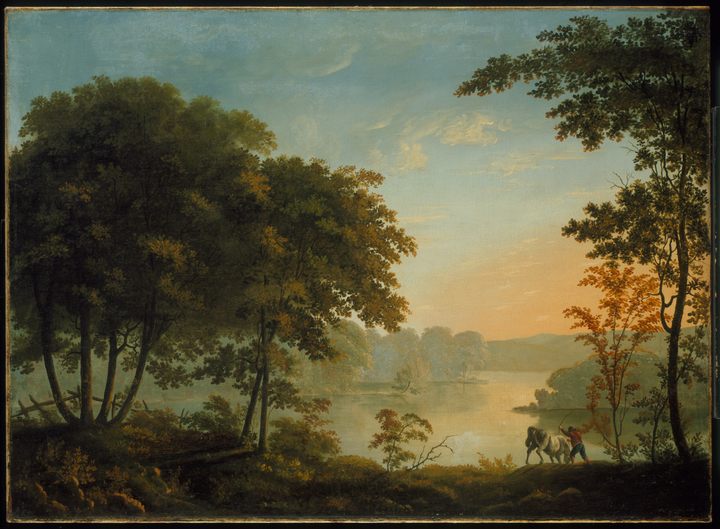
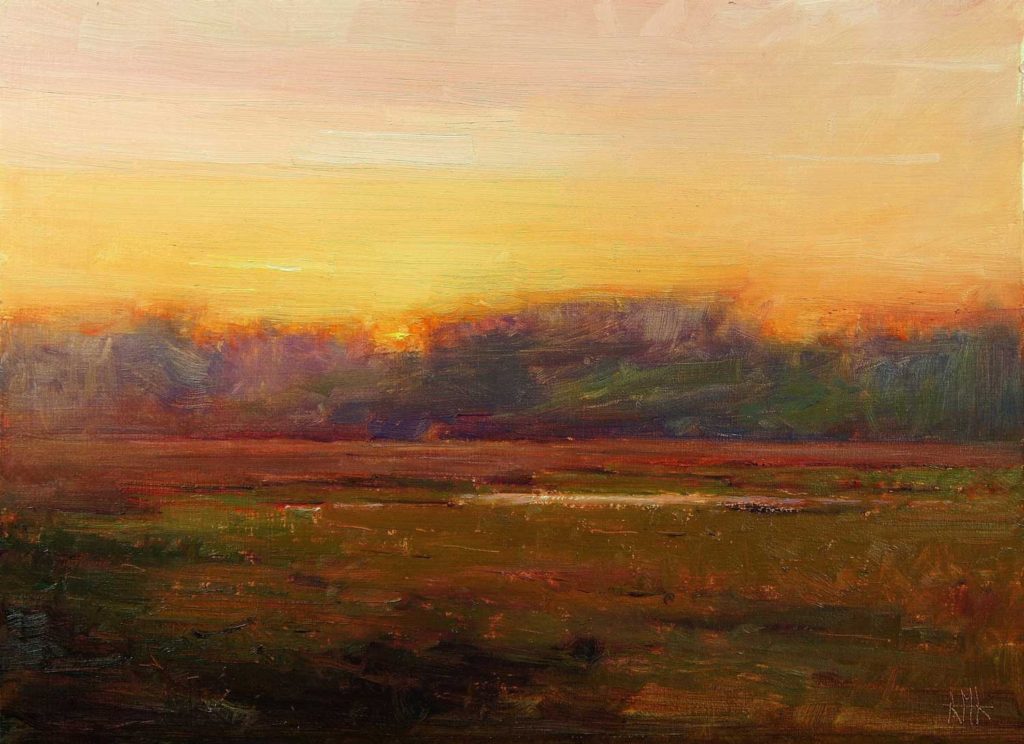
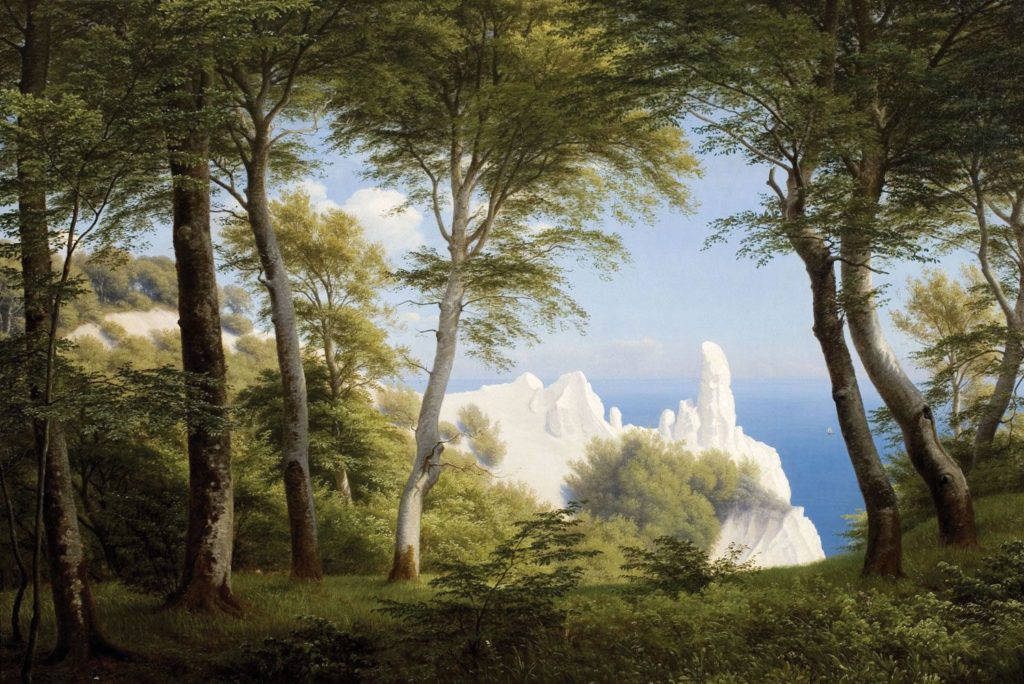
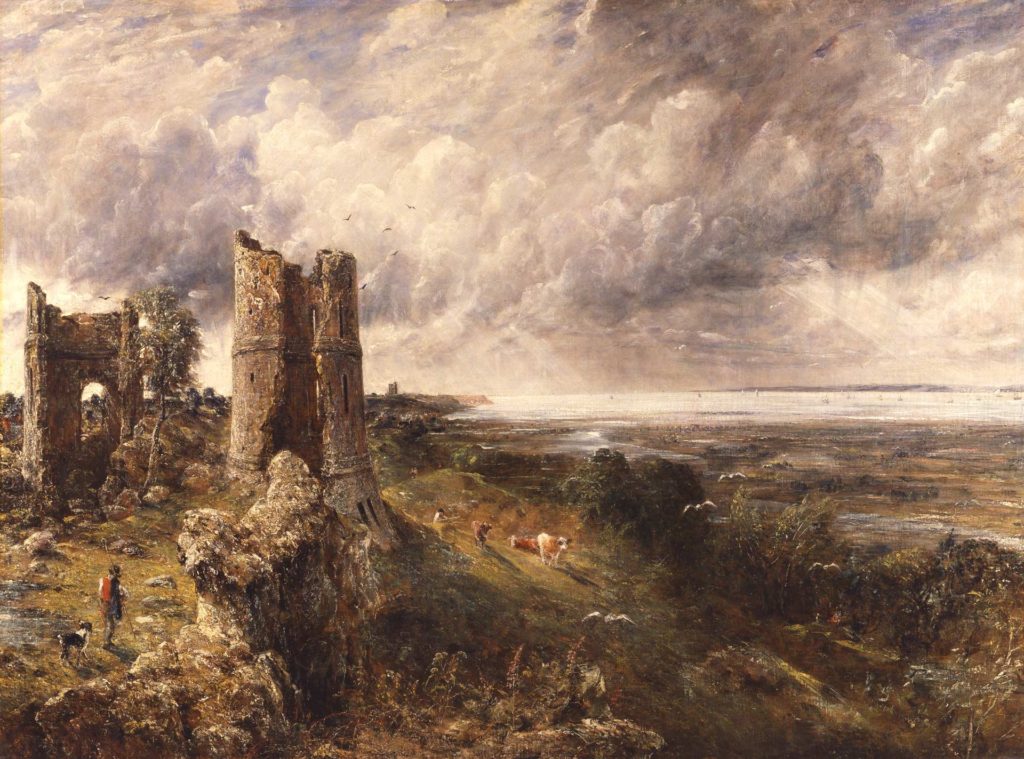
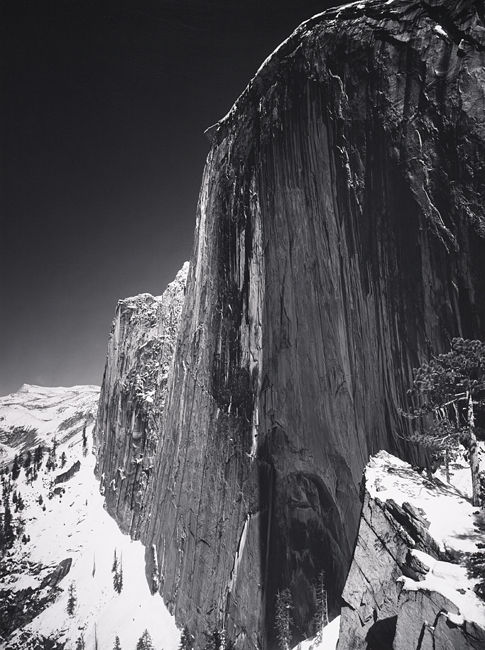
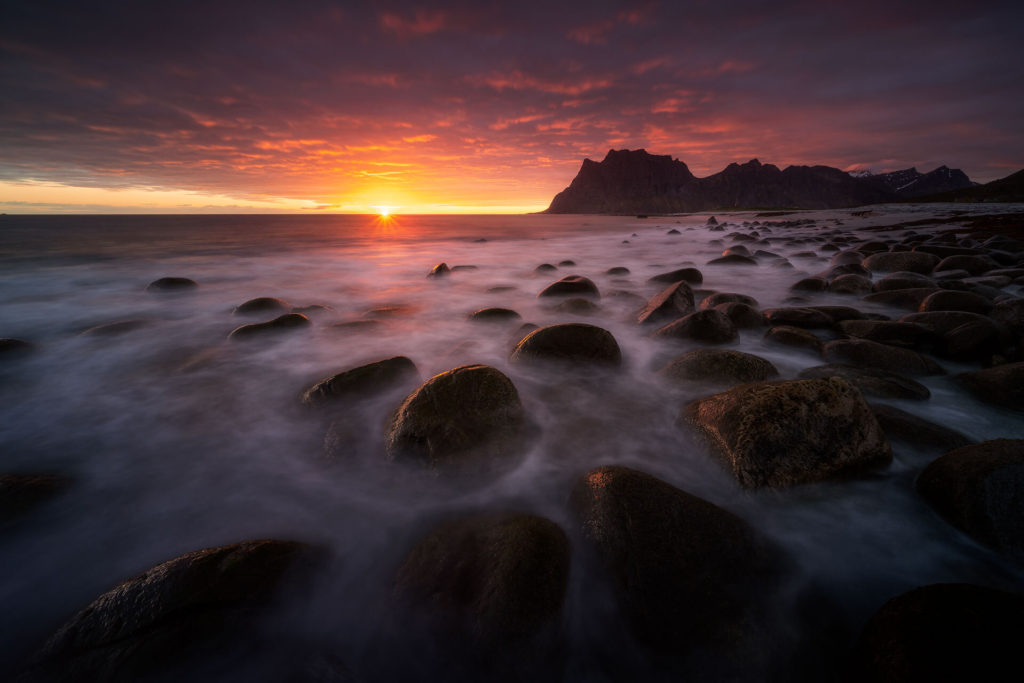

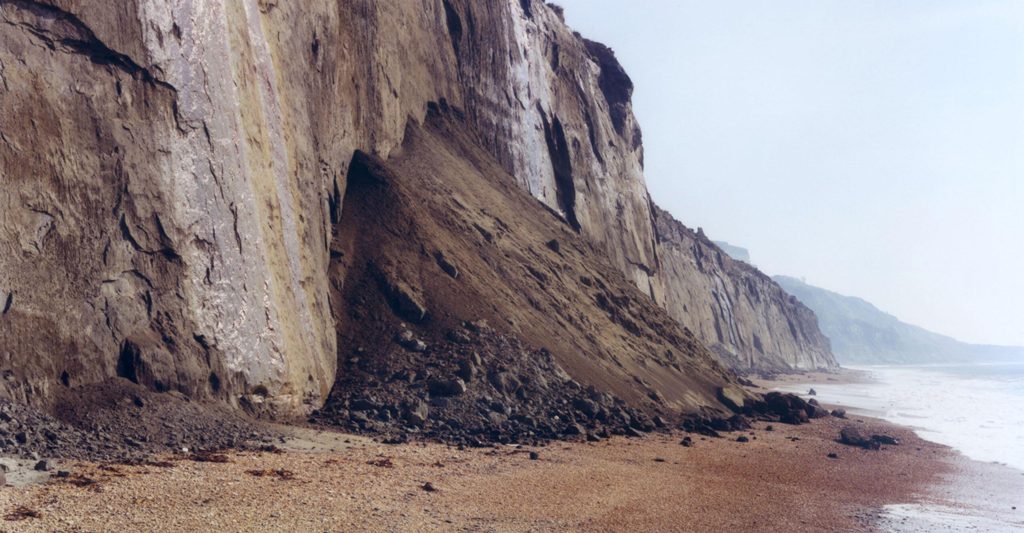
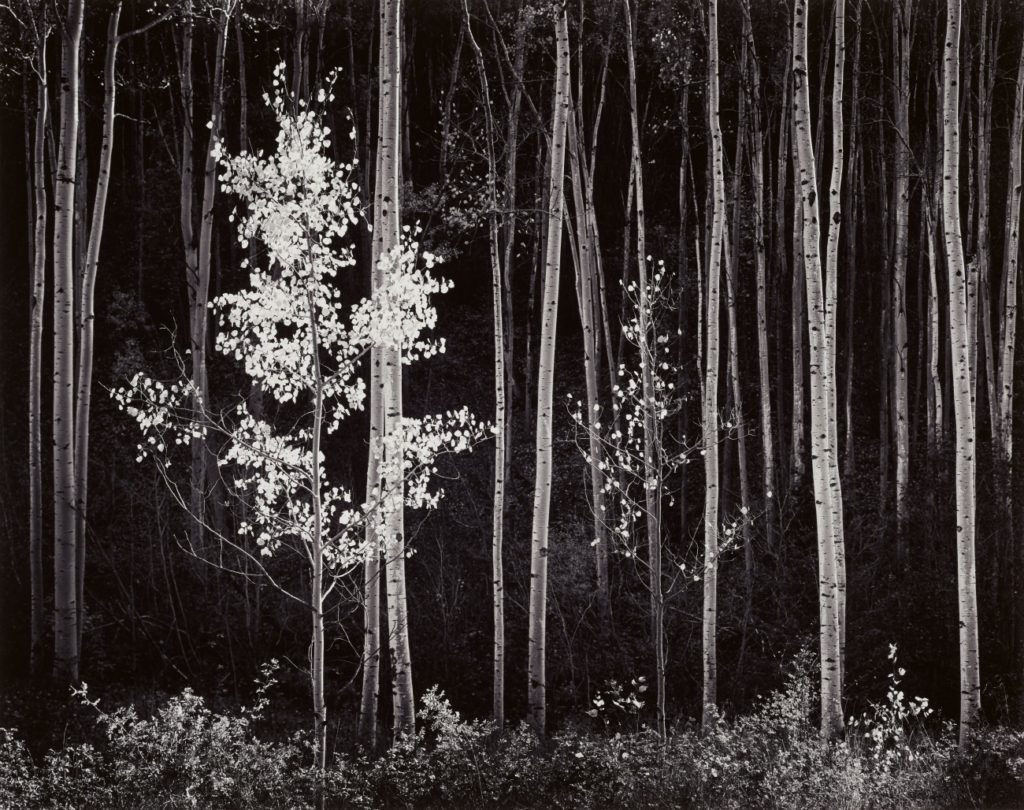
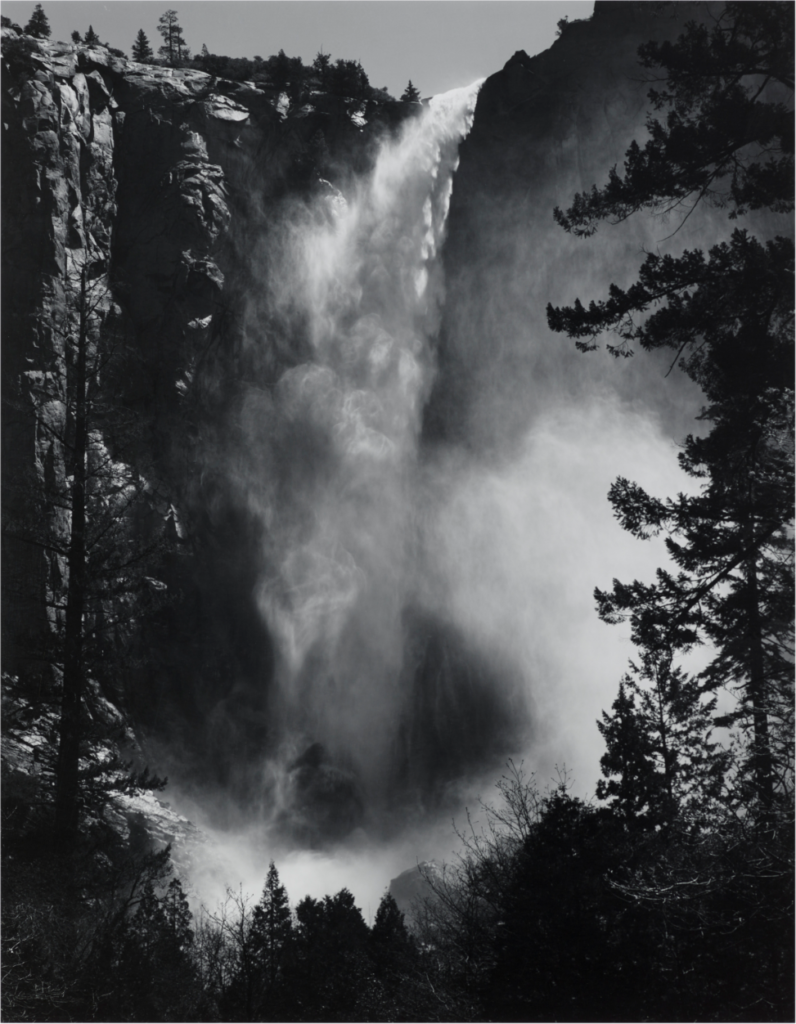

Once you have completed your photo walk from Havre Des Pas to La Collette you should aim to make comparisons with photographers and their work
Your image selection and editing may be guided by this work…and you must show that you can make creative connections.
Albert Renger Patszch and The New Objectivity
https://www.atlasofplaces.com/photography/new-objectivity/
Keld Helmer Petersen
https://www.keldhelmerpetersen.com/1950-1959